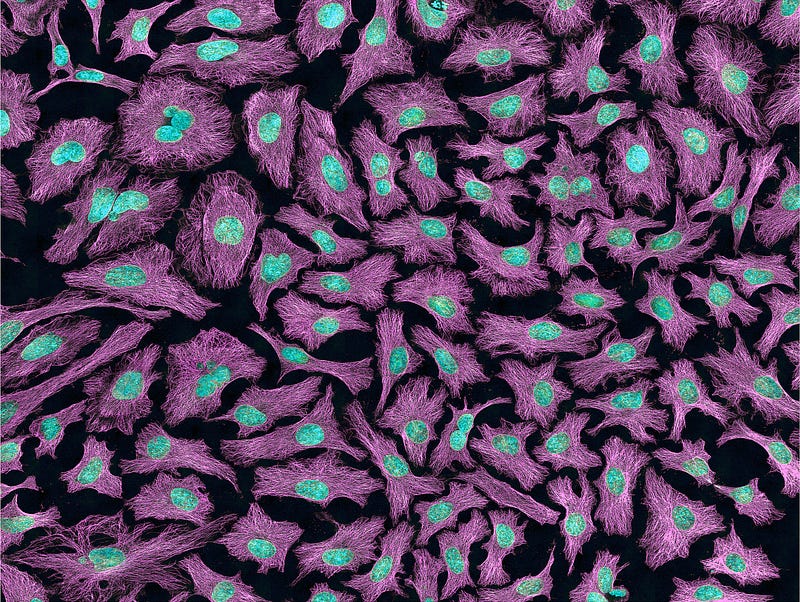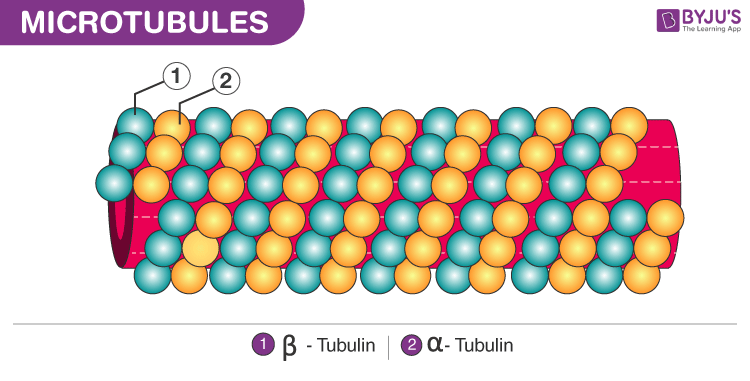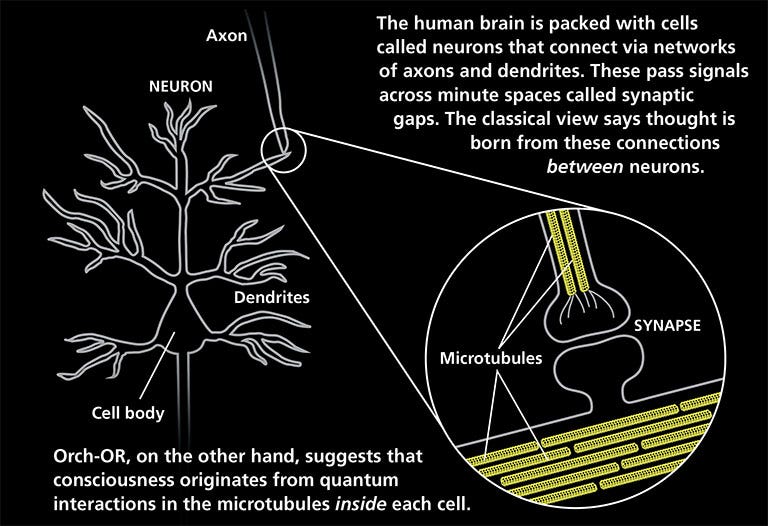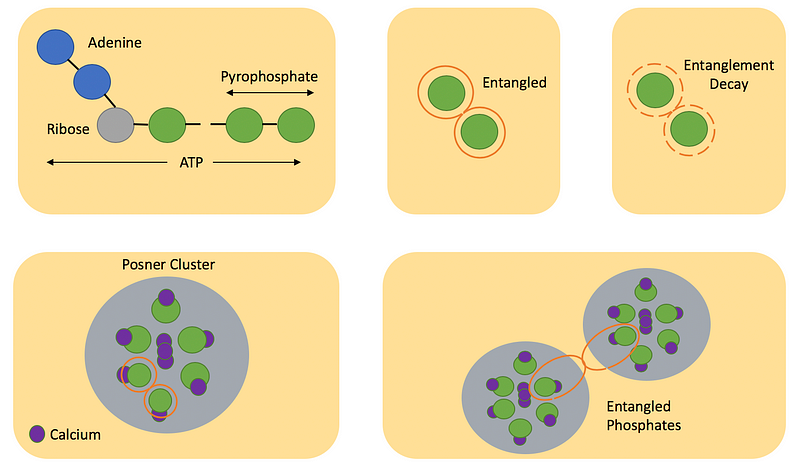<Exploring Quantum Consciousness: Insights from Penrose and Hameroff>
Written on

Do our minds possess quantum characteristics that contribute to consciousness? Esteemed scientist Sir Roger Penrose posits this intriguing theory and elucidates its mechanisms.
The essence of consciousness, its manifestation within the brain, and its ultimate significance in the cosmos remain enigmatic. How can an entity as seemingly simple as the brain orchestrate our actions and shape our awareness of the environment?
"... it resembles nothing so much as a bowl of cold porridge." ~ Alan Turing
Penrose's arguments assert that human intellect transcends the capabilities of 'artificial intelligence' found in computers. He, along with thinkers like philosopher J.R. Lucas, has examined the ramifications of Gödel's Incompleteness Theorems on human cognition. Central to this discourse is the notion that the human mind might equate to a Turing machine, as suggested by the Church–Turing thesis. Should this be true, Gödel's theorems would subsequently apply.
"All aspects of mentality are merely features of the computational activity of the brain; consequently, electronic computers should also be capable of consciousness, and would conjure up this quality as soon as they acquire sufficient computational power and are programmed in an appropriate way."
In his notable work "The Emperor’s New Mind", Penrose contests the conventional foundations of consciousness, arguing against the notion that it can be fully understood through computational frameworks. His reasoning hinges on Gödel's and Turing's findings, which indicate that mathematical reasoning cannot be confined within any computational model. He asserts that human consciousness is non-algorithmic, thus eluding simulation by standard Turing machine-type digital computers. Another point he raises is the disconnect between quantum physics at the microscopic level and classical physics at the macroscopic level, with the collapse of the quantum wavefunction playing a crucial role in cognitive functions.
Following the release of his book, Penrose began collaborating with Stuart Hameroff to explore a biological analogy to quantum computation through microtubules, forming the basis for his later work, "Shadows of the Mind: A Search for the Missing Science of Consciousness".
"A lot of what the brain does you could do on a computer. I’m not saying that all the brain’s action is completely different from what you do on a computer. I am claiming that the actions of consciousness are something different. I’m not saying that consciousness is beyond physics, either — although I’m saying that it’s beyond the physics we know now…. My claim is that there has to be something in physics that we don’t yet understand, which is very important, and which is of a non-computational character. It’s not specific to our brains; it’s out there, in the physical world. But it usually plays a totally insignificant role. It would have to be in the bridge between quantum and classical levels of behavior — that is, where quantum measurement comes in." ~ Roger Penrose
The Penrose-Hameroff hypothesis consists of three components: the Gödel Part, the Gravity Part, and the Microtubule Part.
The Gödel Part references Gödel's Incompleteness Theorems, which attempt to demonstrate that humans possess intellectual faculties that cannot be computed, implying that they wouldn't function solely based on classical physical theories. Verifying this would support von Neumann's interpretation of quantum theory, asserting that conscious beings can exhibit behaviors that defy classical mechanical models.
Penrose's second pillar, the Gravity Part, posits that gravity accounts for why everyday objects, like chairs and planets, do not exhibit quantum phenomena. He theorizes that quantum superpositions become unfeasible for larger objects due to their gravitational effects, which necessitate the coexistence of incompatible space-time versions.
The Microtubule Part suggests a close relationship between consciousness and the microtubular structures within neurons.
Utilizing Gödel’s Incompleteness Theorems to Validate Our Understanding Beyond Computation
Gödel’s Incompleteness Theorems imply that if we possess a computational procedure P for asserting mathematical claims (e.g., "Fermat’s Last Theorem") and trust its rules, we must also acknowledge another assertion G(P) that falls outside the confines of P. Consequently, once we mechanize part of our mathematical insights, we can also see beyond this mechanization. (Further details on Gödel’s Incompleteness Theorems can be found in my article “An Overview of Gödel’s Incompleteness Theorems”.)
Delving into Quantum Mechanics
Penrose's argument is rooted in the foundational properties of quantum computing, where bits (qubits) can exist in multiple states simultaneously (e.g., being "on" and "off" at once). These quantum states coexist (known as superposition) before converging into a near-instantaneous calculation. Quantum coherence arises when a large number of elements, such as a system of electrons, operate together in a singular quantum state.
Hameroff proposed that quantum coherence occurs within microtubules, protein structures found in the neurons of the brain. Microtubules are cylindrical structures within eukaryotic cells, contributing to cellular shape and movement, including division. Hameroff theorizes that microtubules serve as the quantum device Penrose was searching for. In neurons, microtubules regulate synaptic connection strength, and their structure may shield them from the surrounding noise of larger neurons. Penrose finds the symmetry and architecture of microtubules particularly intriguing, believing that quantum mechanics is realized there.

However, a structured orchestration is necessary for conscious decision-making. The Penrose-Hameroff theory of Orchestrated Objective Reduction (Orch-OR) suggests that microtubules facilitate this orchestration, enabling the storage and processing of information and memories.

"Objective Reduction" encapsulates Penrose's theories on quantum gravity and how superpositions relate to various space-time geometries, which he sees as an undiscovered aspect of physics.
> The qubits are based on oscillating dipoles forming superposed resonance rings in helical pathways throughout lattices of microtubules. These oscillations may be electric (due to charge separation) or magnetic (from electron or nuclear spins). Orchestration is the hypothesized process whereby proteins, such as microtubule-associated proteins, influence qubit state reduction by altering the spacetime separation of superimposed states. This is predicated on Penrose’s objective-collapse theory of quantum mechanics, which posits an objective threshold that governs the collapse of quantum states, linked to the curvature of space-time in the universe's fine-scale structure.
Quantum Cognition
The scientific community has voiced considerable skepticism regarding this theory, primarily focusing on three concerns: Penrose’s interpretation of Gödel’s theorem, his reasoning connecting non-computability to quantum phenomena, and the brain's potential to host quantum processes, given its warm, wet, and noisy nature which may hinder coherence.
Constructing a quantum computer necessitates entangling qubits, yet entangled qubits must exist in a delicate environment, shielded from external noise to avoid decoherence, making such processes challenging, if not impossible, within the human brain.
Recent findings indicate the presence of warm quantum coherence in processes like photosynthesis, avian navigation, olfactory perception, and even within brain microtubules. Notably, Anirban Bandyopadhyay from Japan’s National Institute for Materials Science discovered quantum vibrations in microtubules in March 2013, supporting the Orch-OR theory and suggesting that EEG rhythms may stem from microtubule vibrations. Penrose and Hameroff contend that these vibrations can enter a quantum superposition.
In a 2015 study, physicist Matthew Fisher from the University of California at Santa Barbara proposed that the brain might harbor molecules capable of maintaining more stable quantum superpositions, specifically suggesting that phosphorus nuclei might possess this capacity. The process can be summarized as follows:
- The biological molecule adenosine triphosphate releases pyrophosphate, formed from two phosphate molecules.
- Each phosphate carries a quantum spin, allowing the two to become entangled.
- Without protection, this phosphate entanglement will decay.
- However, when grouped into protective structures known as Posner clusters (composed of phosphate and calcium ions), the entanglement may persist longer.
- If a pair of entangled phosphates separates into different Posner clusters, they can remain entangled despite the distance, suggesting a quantum basis for brain functions.

After two decades of scrutiny, there is now compelling evidence supporting the orchestrated objective reduction theory, positioning Orch-OR as one of the most comprehensive and rigorously tested theories of consciousness available.
This marks one of my final contributions on Medium. For continued updates, connect with me at https://thecraftydev.substack.com/.
Resources:
- “An Exploration of Quantum Consciousness with Stuart Hameroff, MD”
- “Consciousness in the Universe: A Review of the ‘Orch OR’ Theory”
- “Orchestrated Objective Reduction of Quantum Coherence in Brain Microtubules: The ‘Orch OR’ Model for Consciousness”
- “Consciousness in the Universe: Neuroscience, Quantum Space-Time Geometry, and Orch OR Theory”
- “A New Spin on the Quantum Brain”